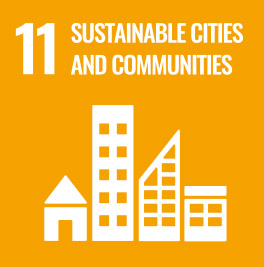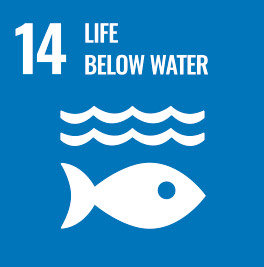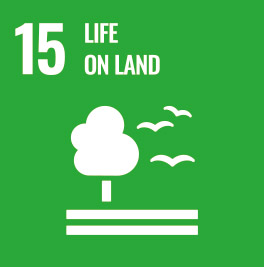SDG11
Fieldwork of Team Institute of Archaeology to Kucapungane, Class 2 historical site - Visit Clouded Leopard’s Homeland
The Institute of Archaeology at NCKU held a 5-day fieldwork to visit the "hometown of the clouded leopard", the Taiwan Grade II historical site of the Lu Kai Kucapungane in Wutai Township, Pingtung County, to enhance students' understanding of the preservation of ethnic and cultural assets on the South Island through a personal investigation of the history of contemporary settlements and monuments.
Professor SASALA TAIBAN of the Institute of Archaeology, NCKU and local guide Du Yixiong, nicknamed the "Little Hunter," led 15 NCKU students from the new tribe, Linari, and followed the path of the tribe's past homecoming. On the way, they passed through many important historical sites and scenic spots, including abandoned field huts, former schools, churches, farming lands, quarries where stone slabs were collected, monuments, etc. Following the footsteps of the local tribesmen, they embarked on the long road home of the Rukai people and learned about the historical significance behind the .
The professor SASALA TAIBAN said, compared with other aboriginal tribes, reaching the Kucapungane tribe is more difficult. On the way, you must pass through rock walls, cliffs, cross streams, etc., not only need to climb the rope, hold on to the rope ladder, but also need to pay attention to the threat of wild tiger-headed bees and poisonous snakes. From 3, 400 meters above sea level all the way up to 1000 meters, it takes at least 6 hours to reach the destination.
The Kucapungane tribe was selected in 2016 for the World Architectural Heritage Fund's (WMF) World Architectural Heritage Conservation Program, making it the second world-class cultural asset in Taiwan after the Wangan Flower House in Penghu in 2004, and the only aboriginal tribe to be included.
Born and raised in the Kucapungane tribe, SASALA TAIBAN said the tribe's legend says that more than 600 years ago, Pulaluthane, the ancestor of the Rukai tribe, brought a clouded leopard from Shikiparichi in Taitung to hunt here. After that, he brought his people over the mountains and settled in Kucapungane, so this place is also called "the hometown of the clouded leopard". After the settlement was passed down from generation to generation and expanded, the tribe began to look for new places and moved to Alai, Wutai, and Shenshan to develop into other Rukai tribes, making the Kucapungane tribe an important birthplace of the Rukai. The local people not only worship the clouded leopard as a sacred animal, but also have the custom of forbidding the hunting of clouded leopards.
In addition to experiencing the local characteristics of stone houses and cooking wood for self-sufficiency, NCKU’s teachers and students also helped to clear the weeds around the important sites, and under the guidance of the young hunters, they carried out traditional ritual activities such as clouded leopard stones, skull frames and millet rituals.
Professor SASALA TAIBAN mentioned that the head-hunting culture existed in the past tribal era to deter enemy intrusion and defend the land. After the head was hunted, it was brought back to the festival site for worship and seated on a stone slab skull, and each hunted head was made to face the tribe they belonged to, so that they could look at their homeland from afar. "Although hunting heads sound very bloody, the subsequent arrangements are actually handled with respect and dignity." he said.
Professor SASALA TAIBAN also pointed out that the fieldwork was a great progress for archaeological studies. During the fieldwork, the students compared the book "Shengfan Gyosho" written by anthropologist Ushinosuke Mori during the Japanese rule period and found that the real location of the skull in Wutai was actually in Kucapungane. Since the book did not pinpoint the tribe, they had searched for it in other areas of Wutai in the past without success, and this new discovery surprised everyone and illustrated the importance of fieldwork.
"By checking out the historical sites in person, you can interpret them from your own perspective and find out what the books don't tell you." Looking back on the five-day trip, Hsin-Yun Chang, a second-year master's degree student at the Institute of Archaeology at NCKU, said that the experience of stepping onto the land and meeting the tribal people in person was an experience that no amount of books could ever bring to life. At the end of the trip, we all planted millet and prayed for smooth growth, so that we could return to the old good tea and visit together in the future. "When you plant the millet, you are already a member of the tribe.
Prof. SASALA TAIBAN hopes that through these experiential courses, students will learn more about the landscape and history and culture of Taiwan's mountain villages and appreciate the wonders of archaeology, and he also hopes that the university will have the opportunity to establish a long-term partnership with the tribe and bring knowledge and capacity to the tribe, so that Kucapungane will no longer be just a monument, but a place where the tribe can truly return to live.
Professor SASALA TAIBAN of the Institute of Archaeology, NCKU and local guide Du Yixiong, nicknamed the "Little Hunter," led 15 NCKU students from the new tribe, Linari, and followed the path of the tribe's past homecoming. On the way, they passed through many important historical sites and scenic spots, including abandoned field huts, former schools, churches, farming lands, quarries where stone slabs were collected, monuments, etc. Following the footsteps of the local tribesmen, they embarked on the long road home of the Rukai people and learned about the historical significance behind the .
The professor SASALA TAIBAN said, compared with other aboriginal tribes, reaching the Kucapungane tribe is more difficult. On the way, you must pass through rock walls, cliffs, cross streams, etc., not only need to climb the rope, hold on to the rope ladder, but also need to pay attention to the threat of wild tiger-headed bees and poisonous snakes. From 3, 400 meters above sea level all the way up to 1000 meters, it takes at least 6 hours to reach the destination.
The Kucapungane tribe was selected in 2016 for the World Architectural Heritage Fund's (WMF) World Architectural Heritage Conservation Program, making it the second world-class cultural asset in Taiwan after the Wangan Flower House in Penghu in 2004, and the only aboriginal tribe to be included.
Born and raised in the Kucapungane tribe, SASALA TAIBAN said the tribe's legend says that more than 600 years ago, Pulaluthane, the ancestor of the Rukai tribe, brought a clouded leopard from Shikiparichi in Taitung to hunt here. After that, he brought his people over the mountains and settled in Kucapungane, so this place is also called "the hometown of the clouded leopard". After the settlement was passed down from generation to generation and expanded, the tribe began to look for new places and moved to Alai, Wutai, and Shenshan to develop into other Rukai tribes, making the Kucapungane tribe an important birthplace of the Rukai. The local people not only worship the clouded leopard as a sacred animal, but also have the custom of forbidding the hunting of clouded leopards.
In addition to experiencing the local characteristics of stone houses and cooking wood for self-sufficiency, NCKU’s teachers and students also helped to clear the weeds around the important sites, and under the guidance of the young hunters, they carried out traditional ritual activities such as clouded leopard stones, skull frames and millet rituals.
Professor SASALA TAIBAN mentioned that the head-hunting culture existed in the past tribal era to deter enemy intrusion and defend the land. After the head was hunted, it was brought back to the festival site for worship and seated on a stone slab skull, and each hunted head was made to face the tribe they belonged to, so that they could look at their homeland from afar. "Although hunting heads sound very bloody, the subsequent arrangements are actually handled with respect and dignity." he said.
Professor SASALA TAIBAN also pointed out that the fieldwork was a great progress for archaeological studies. During the fieldwork, the students compared the book "Shengfan Gyosho" written by anthropologist Ushinosuke Mori during the Japanese rule period and found that the real location of the skull in Wutai was actually in Kucapungane. Since the book did not pinpoint the tribe, they had searched for it in other areas of Wutai in the past without success, and this new discovery surprised everyone and illustrated the importance of fieldwork.
"By checking out the historical sites in person, you can interpret them from your own perspective and find out what the books don't tell you." Looking back on the five-day trip, Hsin-Yun Chang, a second-year master's degree student at the Institute of Archaeology at NCKU, said that the experience of stepping onto the land and meeting the tribal people in person was an experience that no amount of books could ever bring to life. At the end of the trip, we all planted millet and prayed for smooth growth, so that we could return to the old good tea and visit together in the future. "When you plant the millet, you are already a member of the tribe.
Prof. SASALA TAIBAN hopes that through these experiential courses, students will learn more about the landscape and history and culture of Taiwan's mountain villages and appreciate the wonders of archaeology, and he also hopes that the university will have the opportunity to establish a long-term partnership with the tribe and bring knowledge and capacity to the tribe, so that Kucapungane will no longer be just a monument, but a place where the tribe can truly return to live.

Students conducting measurements.

The tour guide Du Yixiong and Professor SASALA TAIBAN.
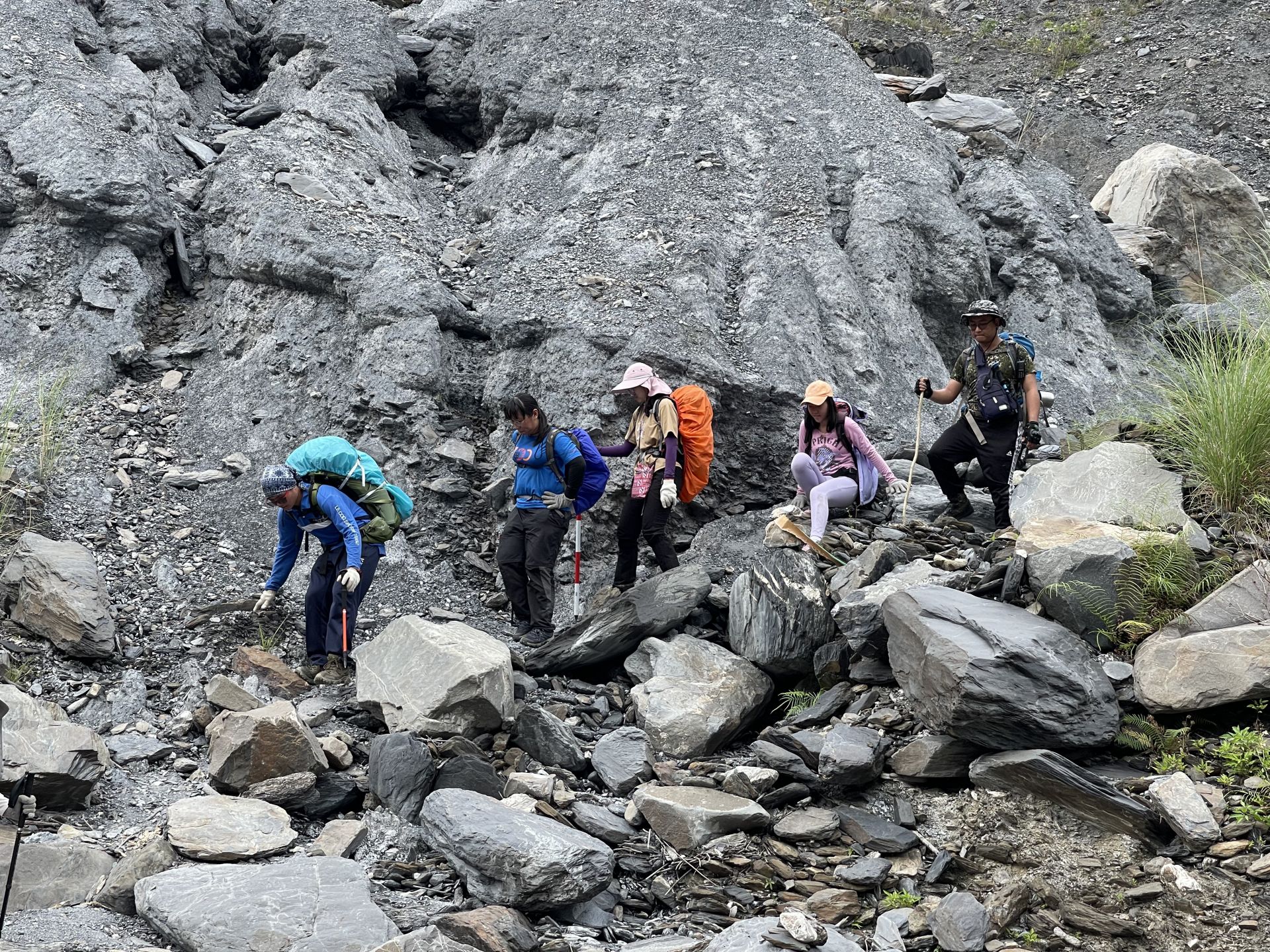
The tribe is not easy to reach and must pass through rock walls, cliffs and streams along the way.
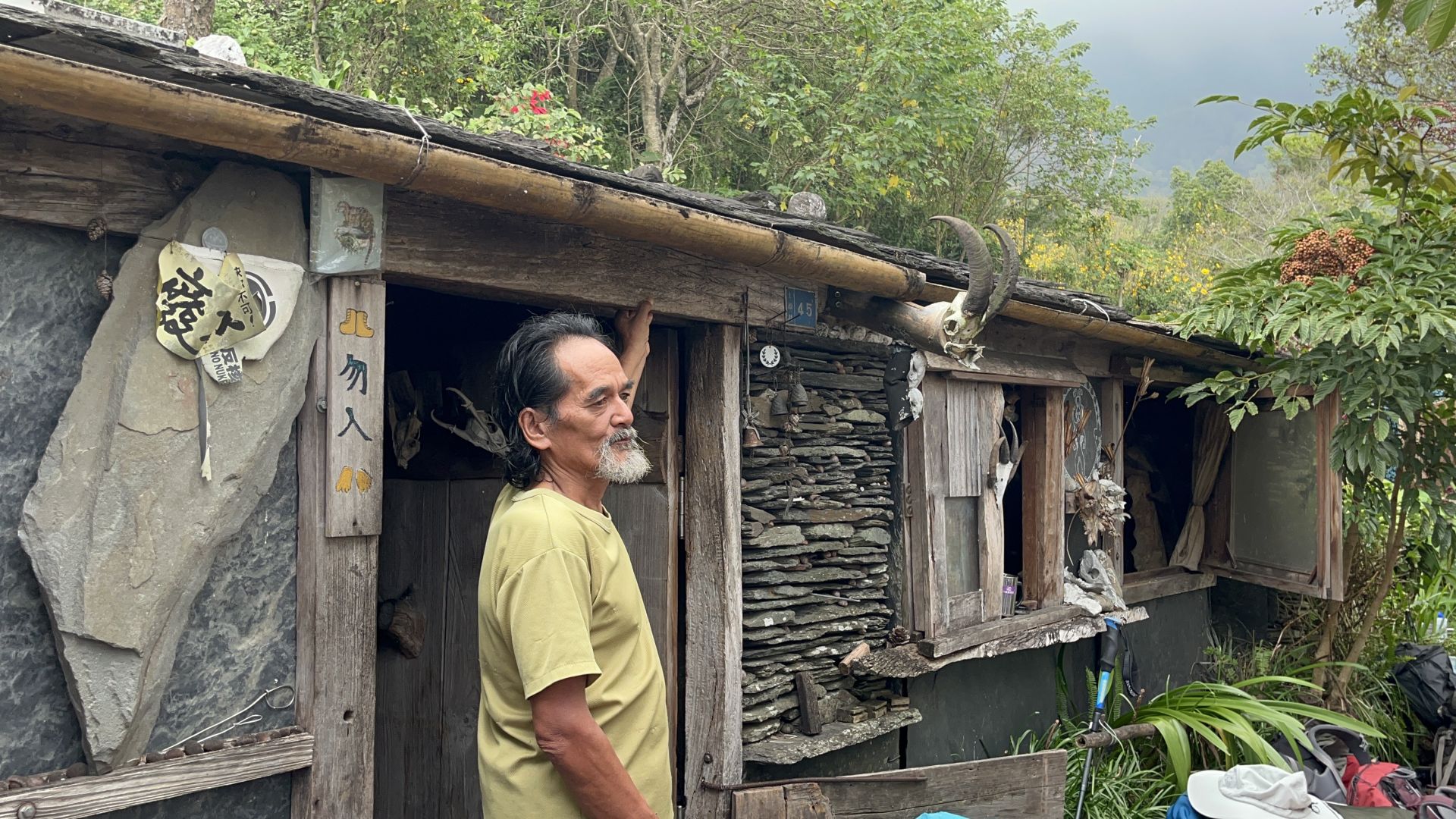
Young hunter Du Yixiong guide introducing the slate house.
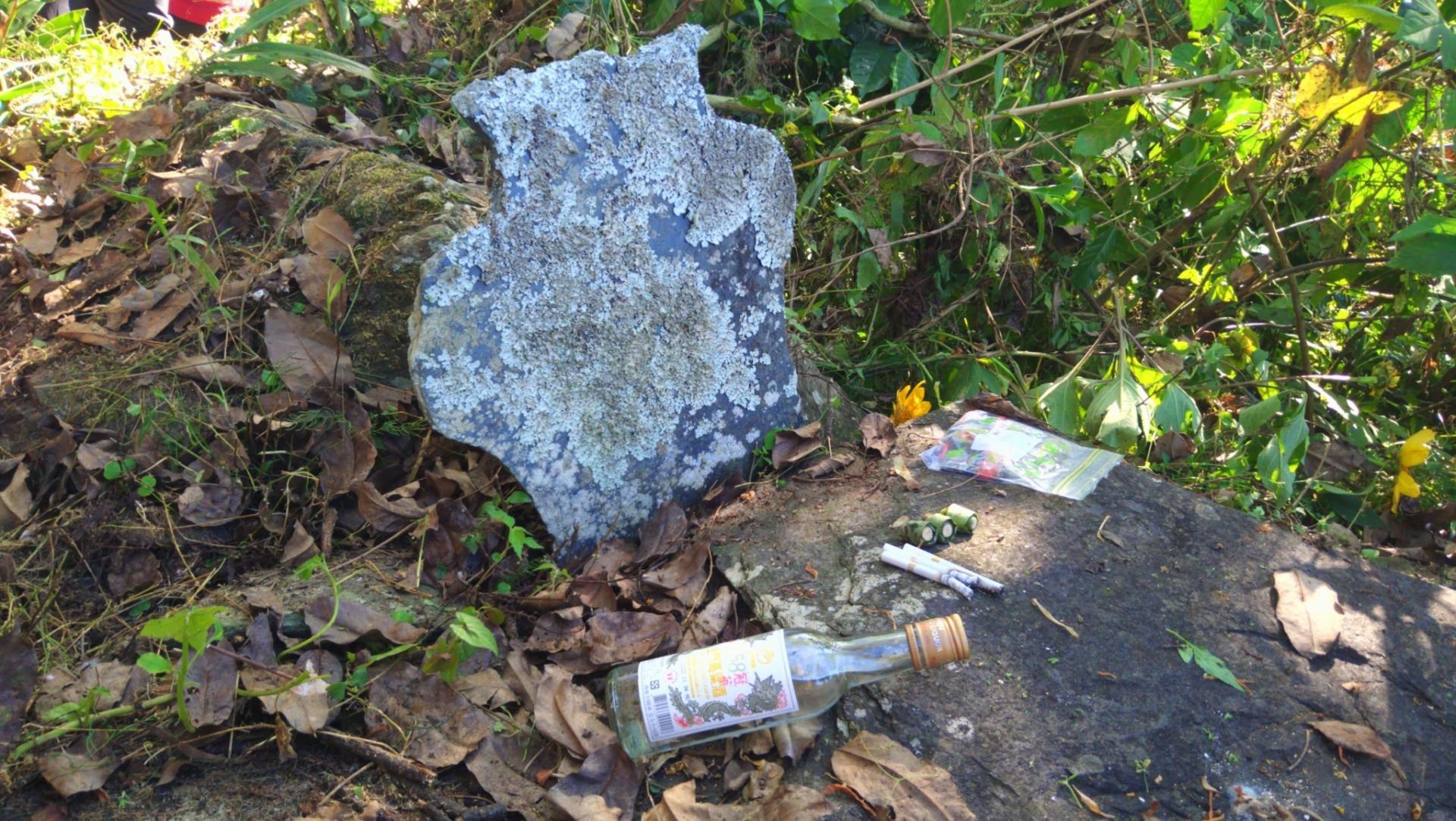
The monument stone ritual of Kucapungane.
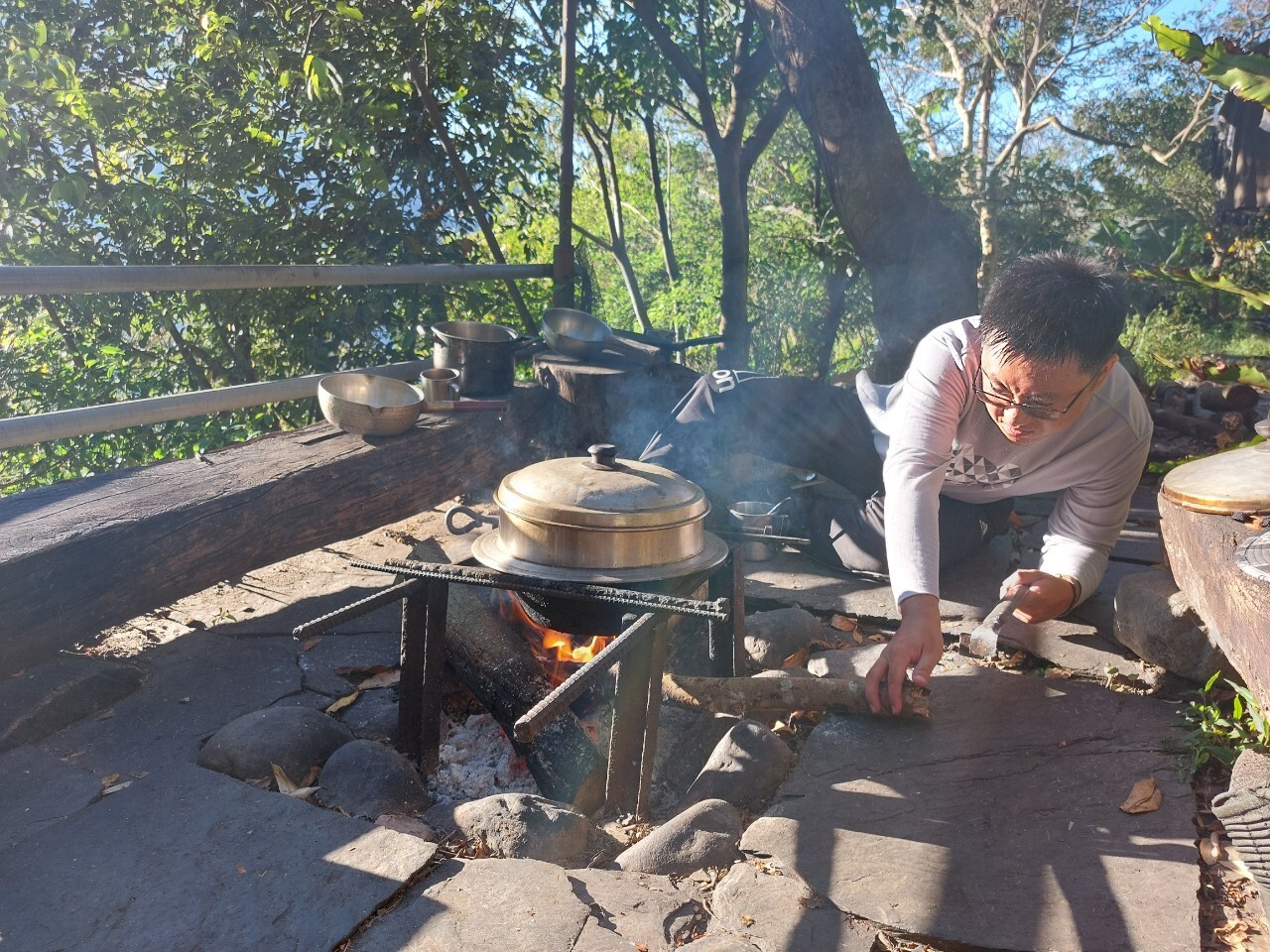
Students burn wood to cook, experiencing the life of self-sufficient.

The skull rack made of slate.
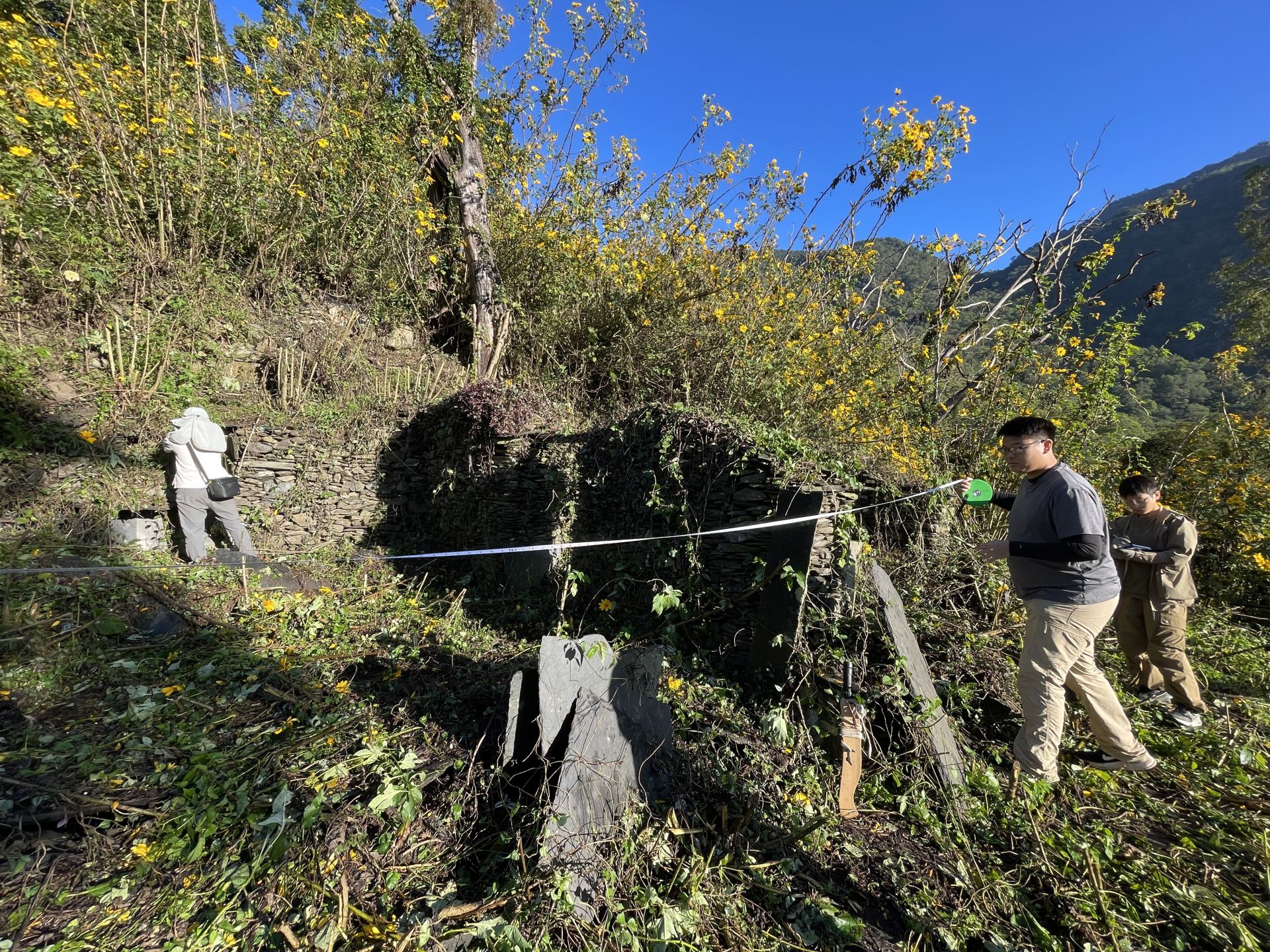
The team measuring the slate house.

The Institute of Archaeology at NCKU held a 5-day fieldwork.

SDG11"Volcano Quest for the Qilin: A New Cultural Path of Pilgrimage, Ecology, and Industry" – NCKU Leverages Social Responsibility
View more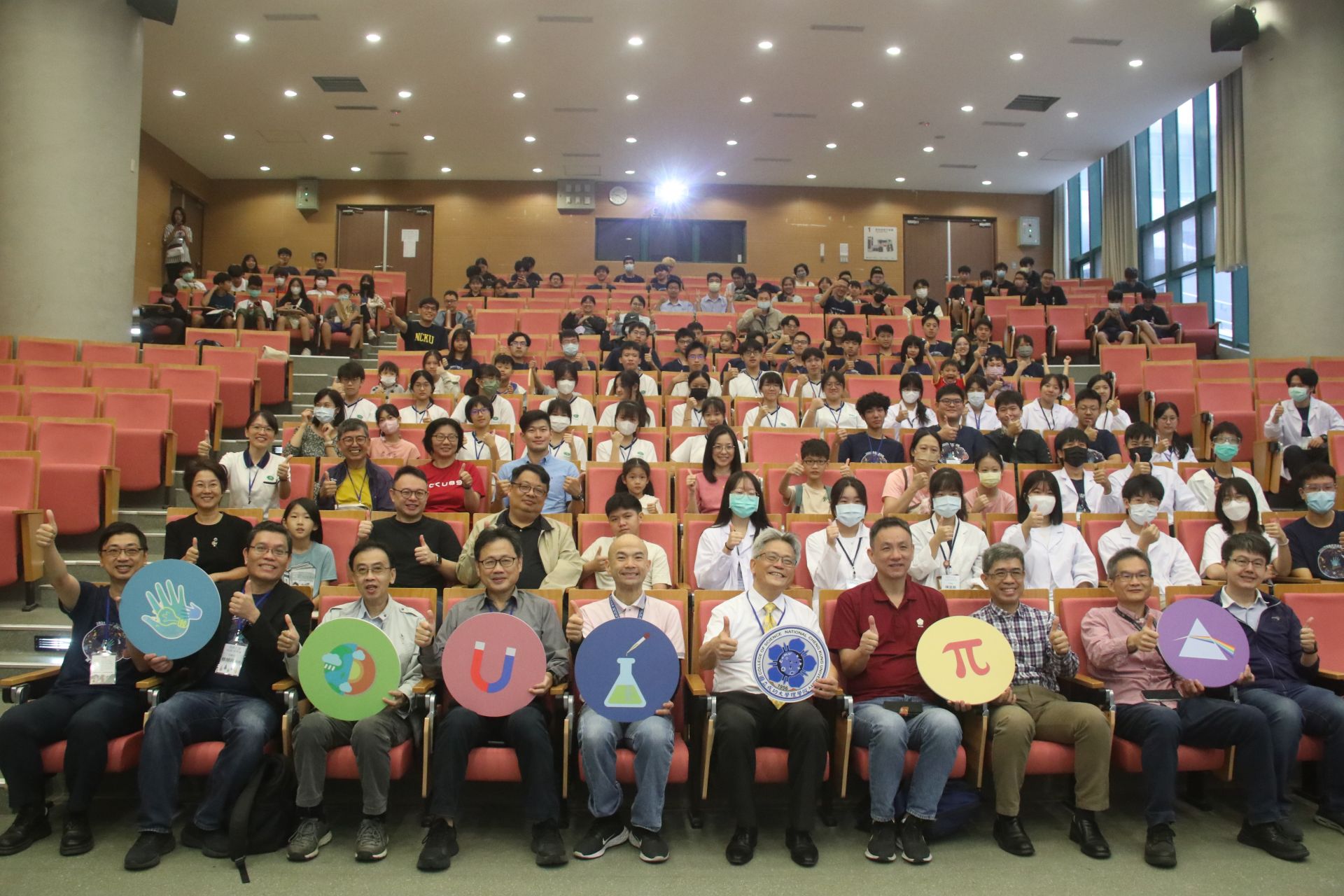
SDG11The 8th Science Boulevard Expo sparked a love for science in both children and adults
View more




